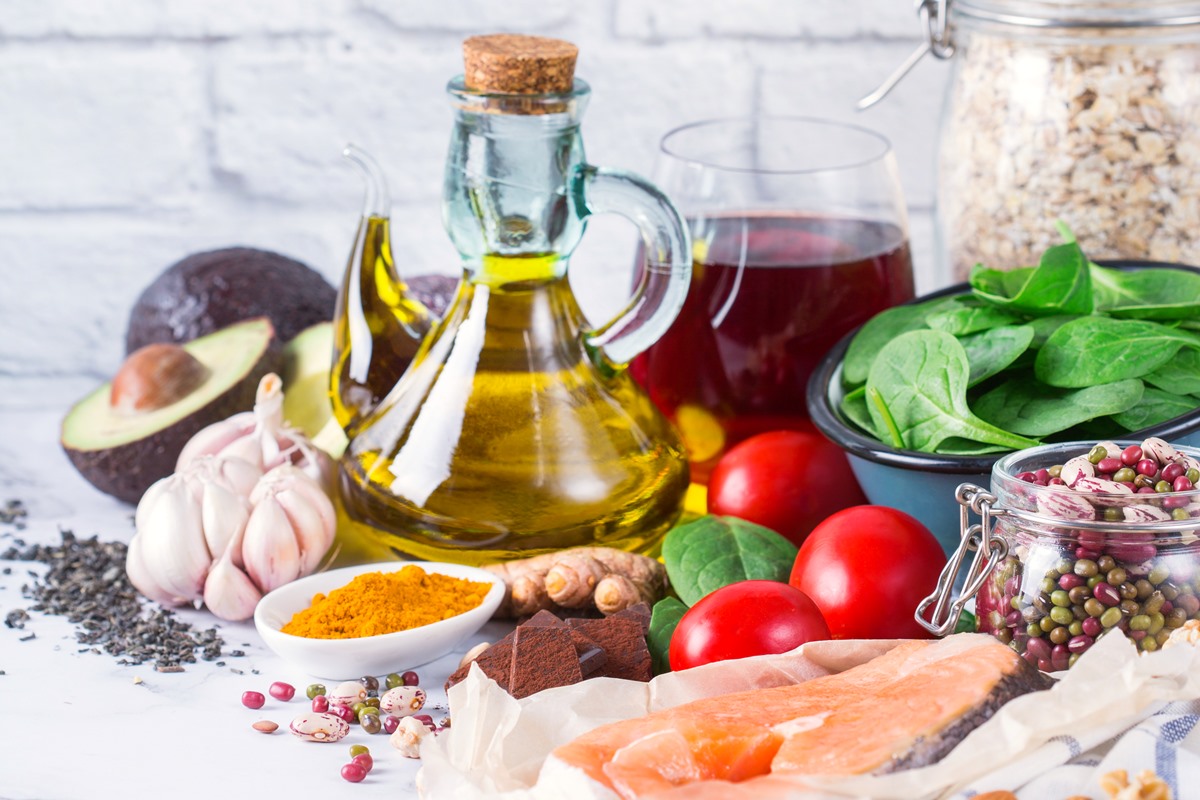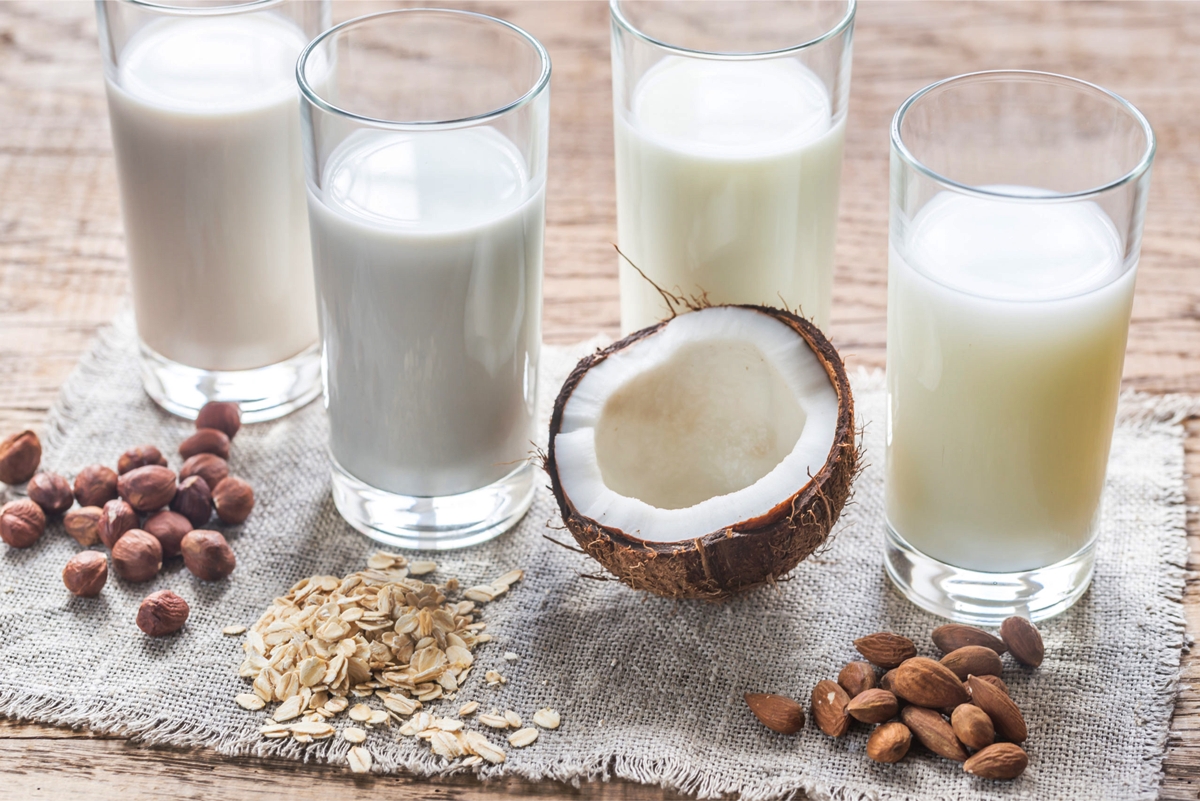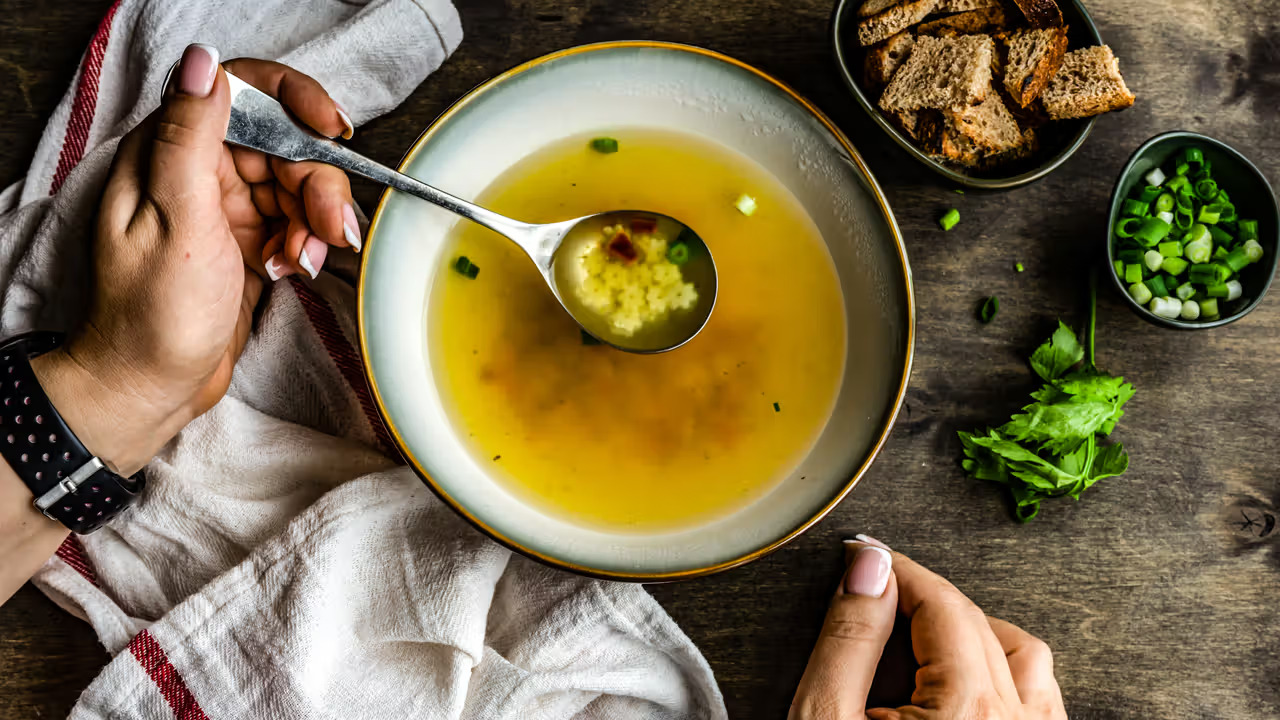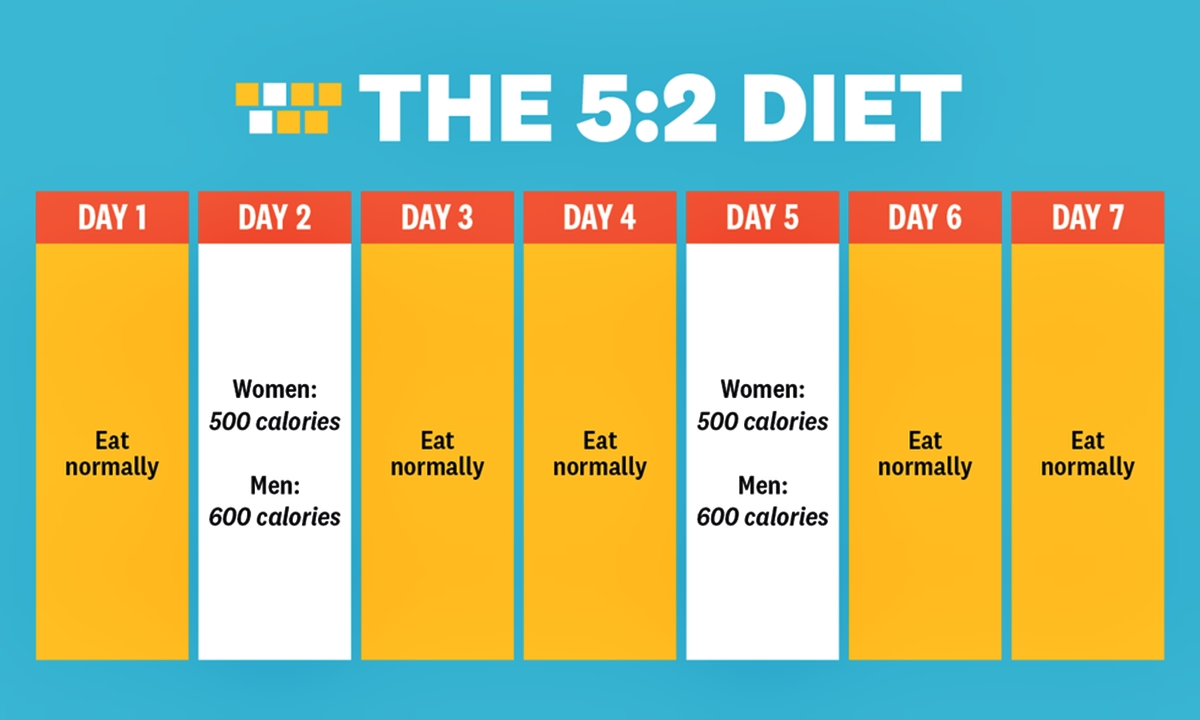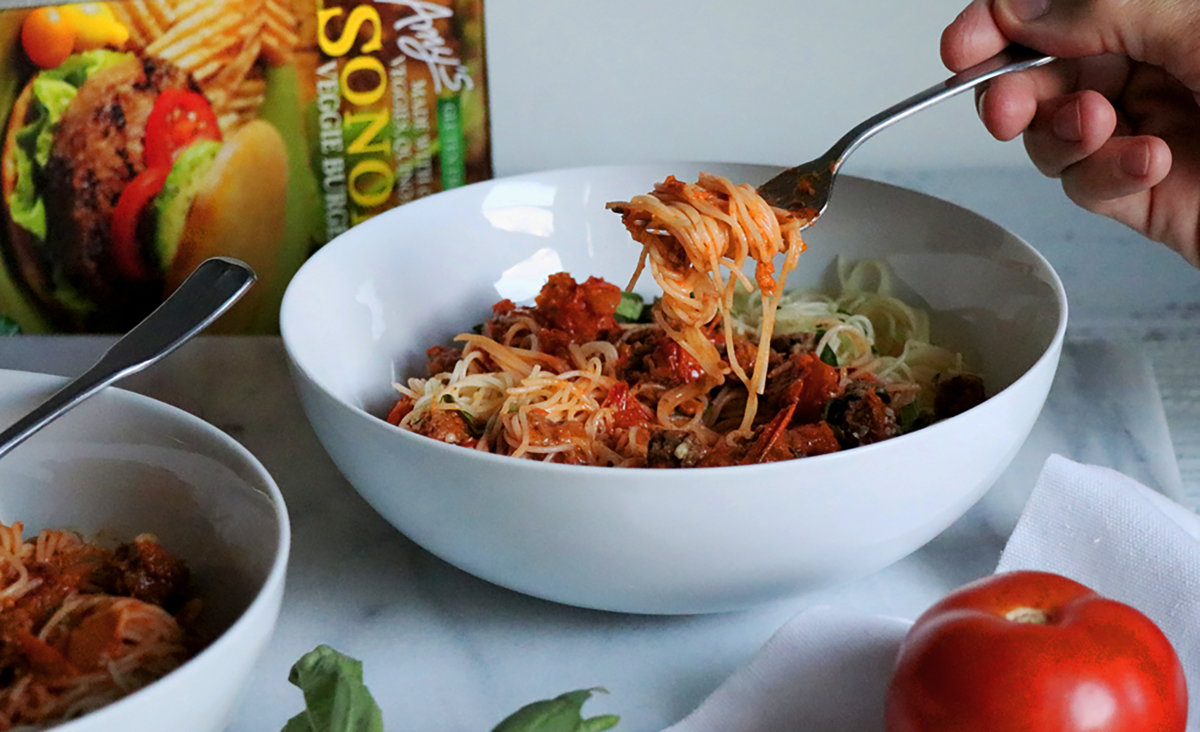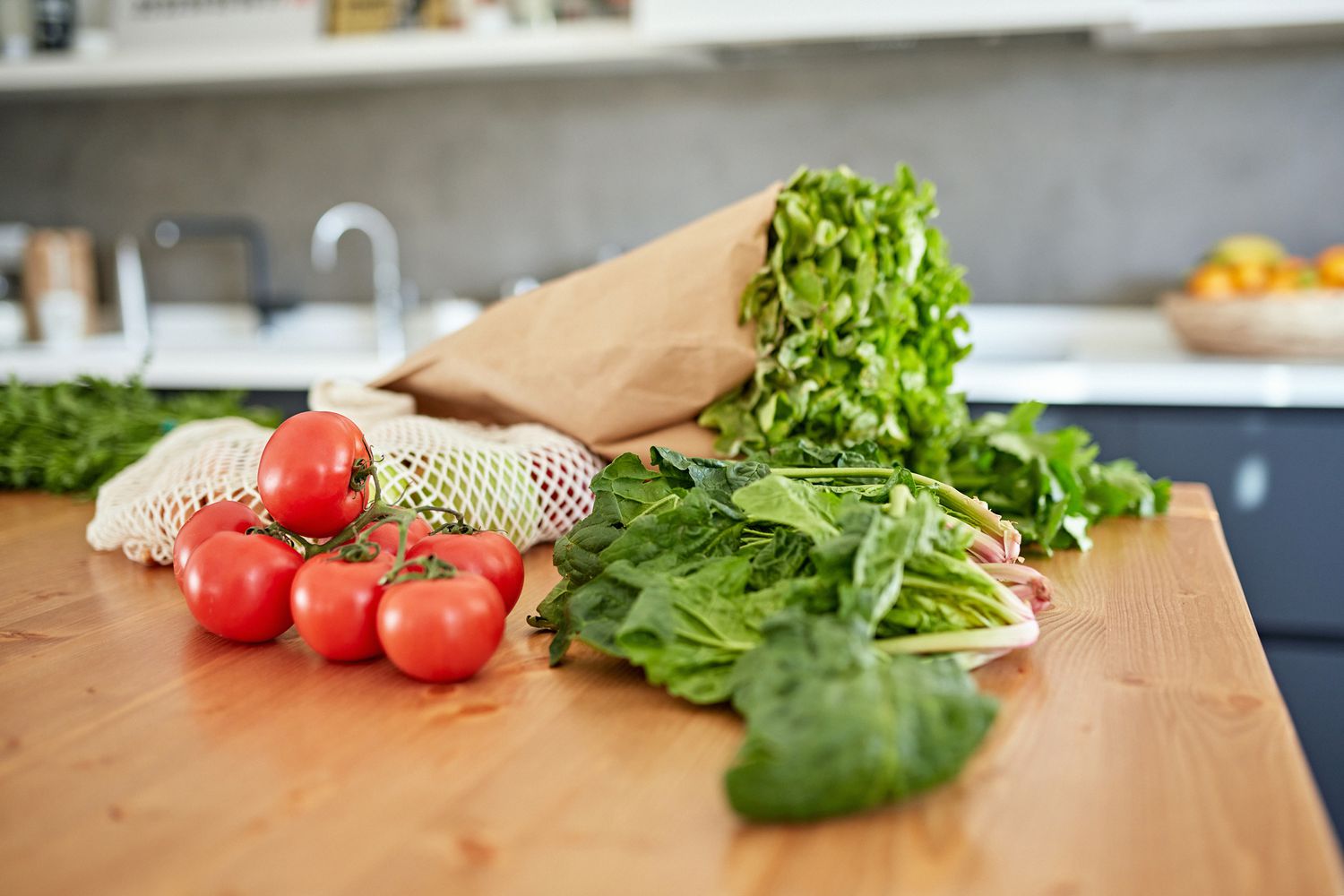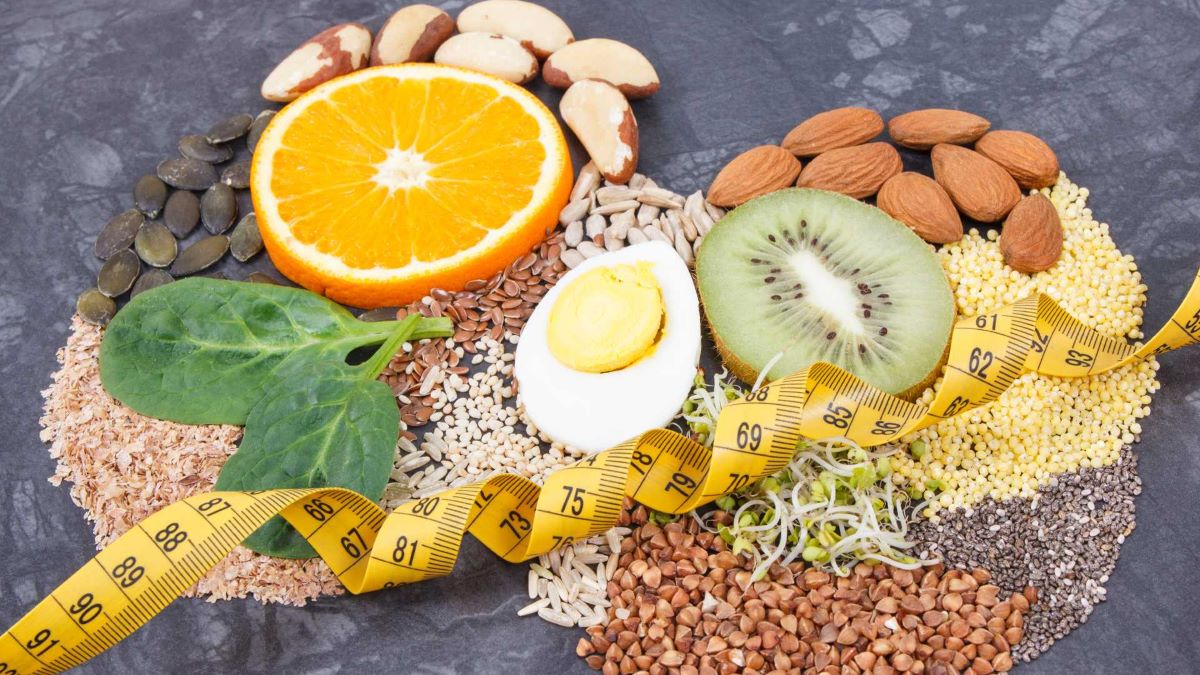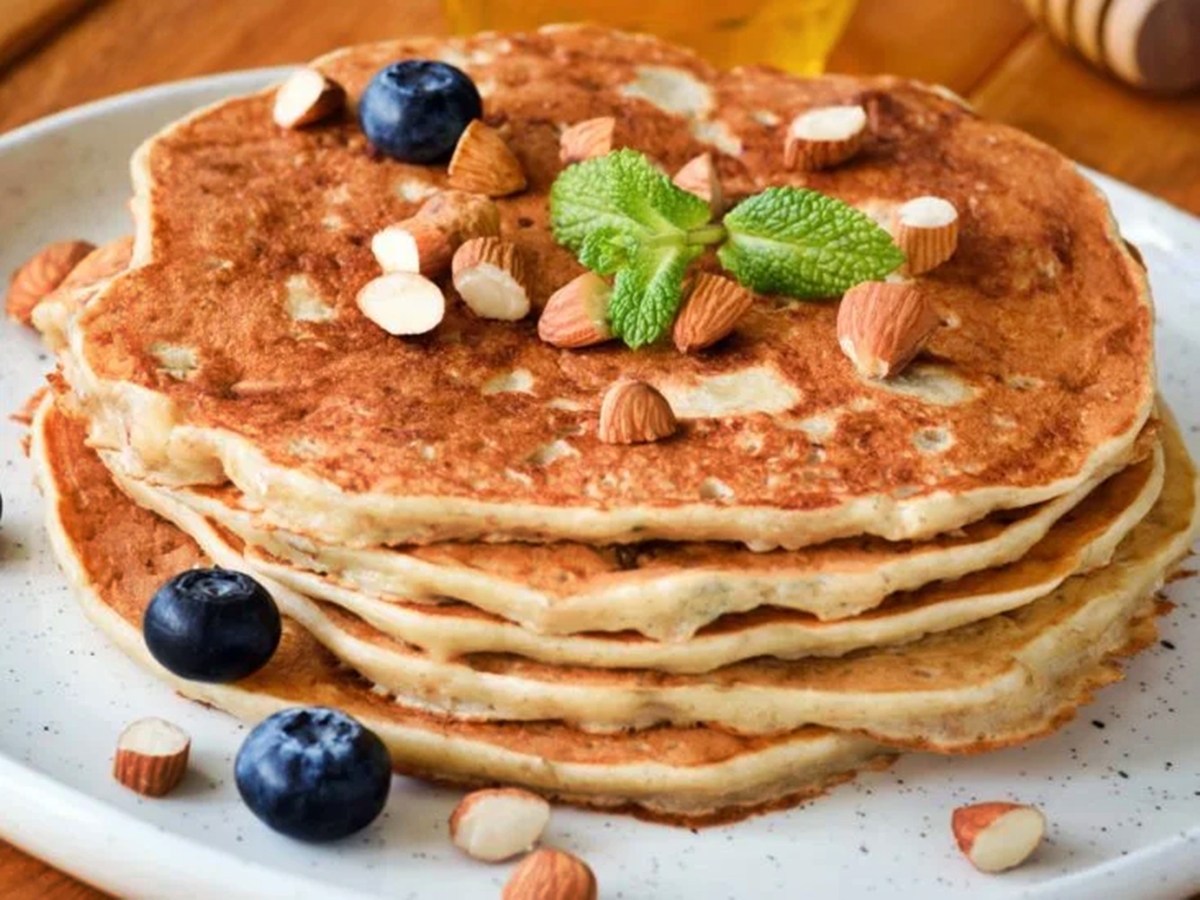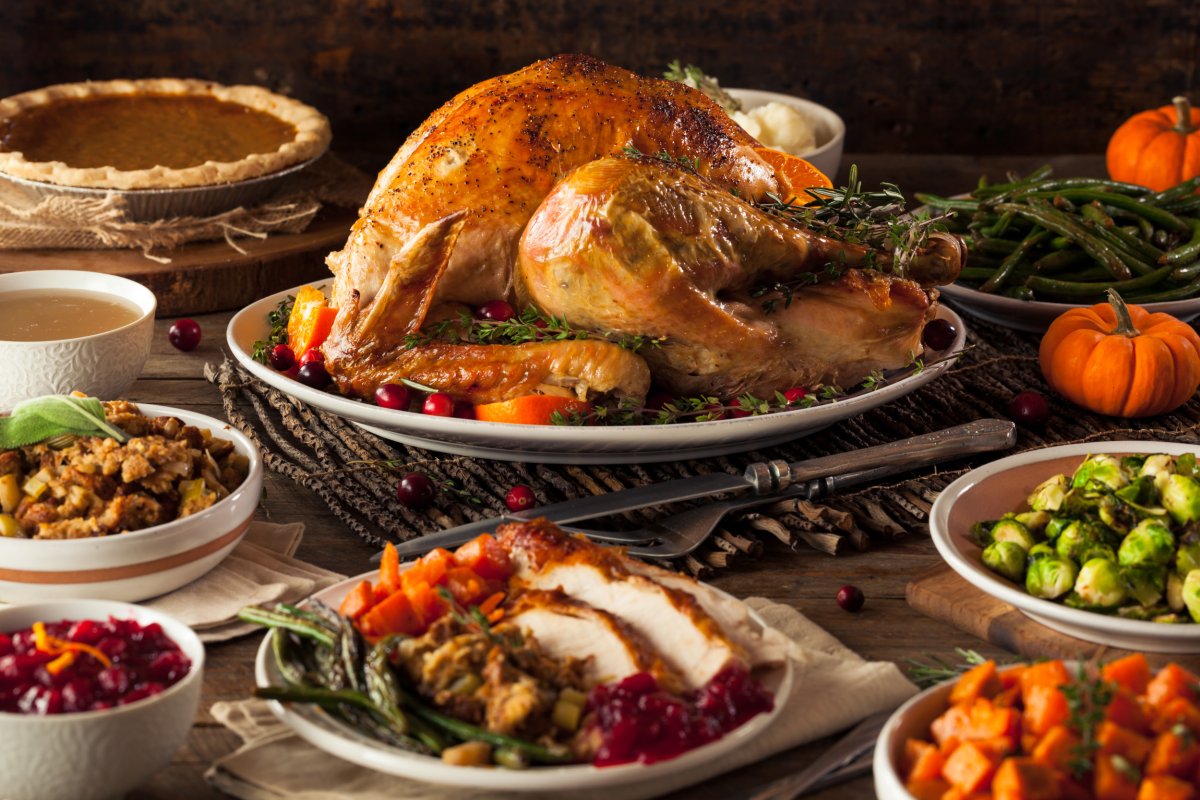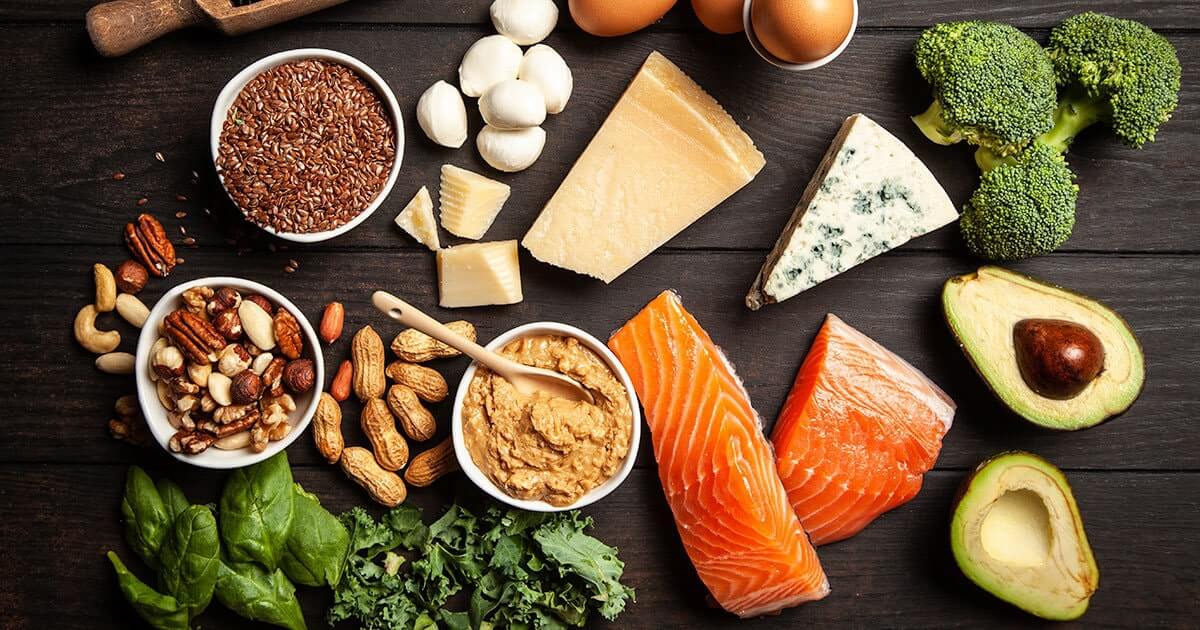How to Enjoy a Dairy-Free Diet Without Compromising on Taste
Going dairy-free doesn’t mean you have to sacrifice flavor and variety in your meals. With a little creativity and some helpful tips, you can still enjoy a delicious and satisfying diet while avoiding dairy products. Here are some practical strategies for eating normally on a dairy-free diet:
Explore Dairy-Free Alternatives
One of the best ways to maintain a sense of normalcy on a dairy-free diet is to explore the wide range of dairy-free alternatives available. From almond milk and coconut yogurt to cashew cheese and oat-based ice cream, there are numerous dairy-free options that can easily replace traditional dairy products in your favorite recipes.
Pro tip: When shopping for dairy-free alternatives, look for fortified options that provide essential nutrients like calcium and vitamin D to ensure you’re still meeting your nutritional needs.
Get Creative in the Kitchen
Embracing a dairy-free diet can inspire you to get more creative in the kitchen. Experiment with new ingredients and flavors to discover exciting dairy-free recipes that satisfy your cravings. For example, try using avocado as a creamy substitute in smoothies and desserts, or whip up a flavorful dairy-free pesto using nutritional yeast and olive oil.
Pro tip: Look for dairy-free recipe blogs and cookbooks for inspiration and guidance on creating delicious meals without dairy.
Focus on Whole Foods
Opting for a dairy-free diet can encourage you to focus on consuming more whole foods, such as fruits, vegetables, nuts, seeds, and legumes. These nutrient-dense foods not only provide essential vitamins and minerals but also offer a wide array of flavors and textures to keep your meals interesting and satisfying.
Pro tip: Incorporate a variety of colorful fruits and vegetables into your meals to ensure you’re getting a diverse range of nutrients and antioxidants.
Read Labels Carefully
When following a dairy-free diet, it’s crucial to become a diligent label reader. Many processed foods contain hidden dairy ingredients, so it’s essential to scan the ingredient lists for any mention of milk, cheese, butter, or other dairy derivatives. Familiarize yourself with alternative names for dairy ingredients to ensure you’re making informed choices.
Pro tip: Look for products that are specifically labeled as “dairy-free” or “vegan” to simplify your shopping experience.
Communicate Your Dietary Needs
Whether you’re dining out at a restaurant or attending a social gathering, don’t hesitate to communicate your dairy-free dietary needs. Many restaurants and food establishments are accommodating to dietary restrictions and can offer dairy-free alternatives or modify dishes to suit your requirements. By advocating for your dietary needs, you can enjoy meals outside of your home without feeling limited by your dairy-free diet.
Pro tip: Call ahead to restaurants or inform your host of your dietary preferences to ensure there are suitable options available for you.
Embrace Dairy-Free Snacks and Treats
Snacking and indulging in treats can still be a delightful experience on a dairy-free diet. Stock up on dairy-free snacks like air-popped popcorn, mixed nuts, hummus with veggie sticks, and dairy-free dark chocolate. Additionally, there are plenty of dairy-free dessert options available, including coconut milk-based ice cream, dairy-free cookies, and fruit sorbets.
Pro tip: Keep a selection of dairy-free snacks and treats on hand to curb cravings and prevent feeling deprived of indulgent foods.
By incorporating these strategies into your dietary routine, you can navigate a dairy-free diet with ease and enjoyment. Remember that being dairy-free doesn’t mean missing out on delicious meals and treats – it’s an opportunity to explore new flavors and culinary possibilities.
Was this page helpful?
Julia Roxan
Julia has explored much of the media industry. From working the camera, to designing sets, and finally writing content, Julia has found that she most enjoys sharing her interests through words. And she especially won’t pass up on reviewing a scrumptious meal.
